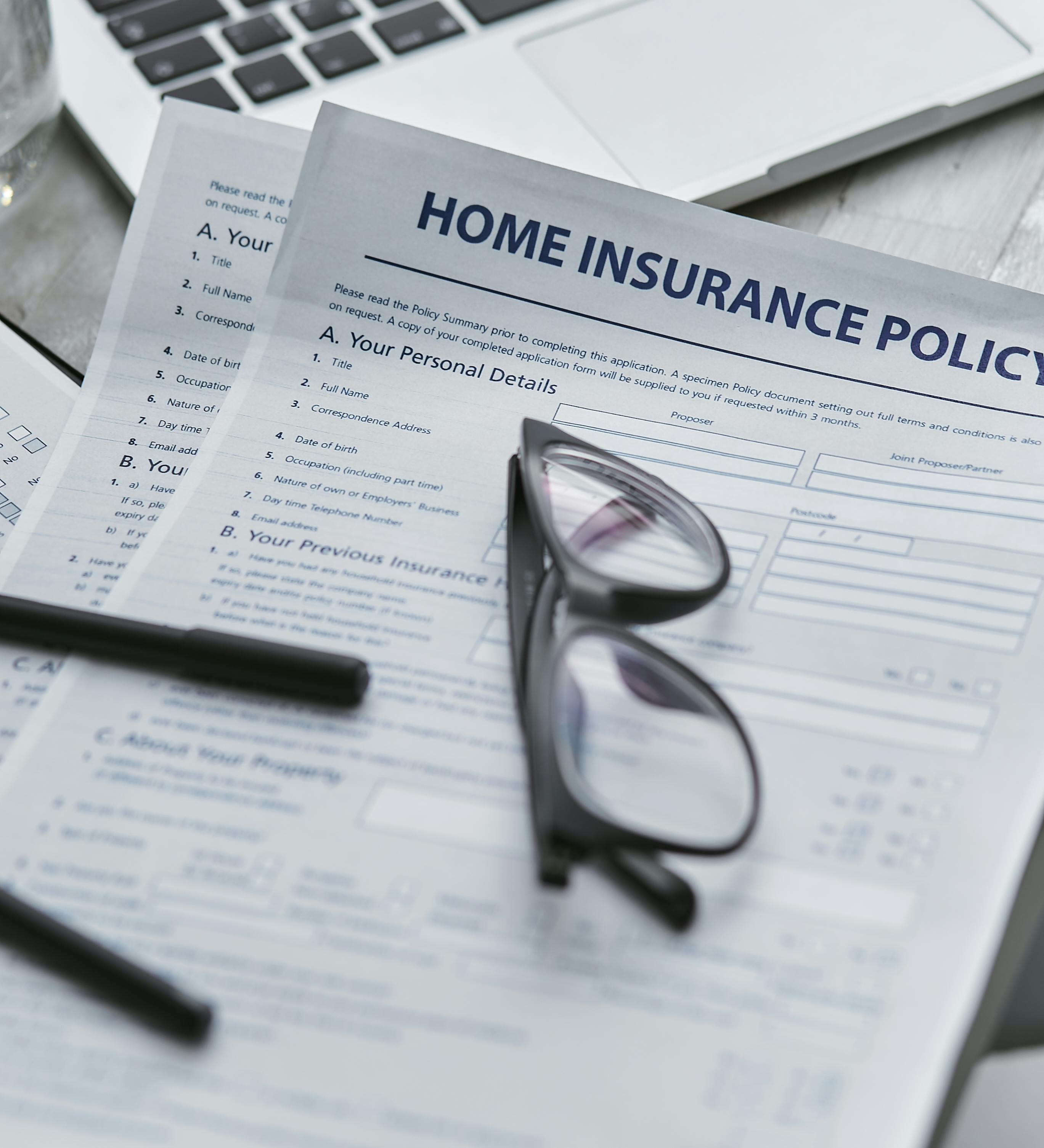Preventative Measures to Reduce Physical Damage Exposure
Preventing physical damage to assets requires a planned approach that combines assessment, mitigation, and clear documentation. This article outlines practical steps to reduce exposure, streamline claims, and align policy terms with asset protection strategies for organizations and property owners.

Preventative measures against physical damage focus on reducing exposure through systematic assessment, timely mitigation, and consistent documentation. Effective strategies align with the terms of a policy to limit liability, control premiums, and speed recovery after an incident. By understanding repair versus replacement considerations, deductible impacts, and underwriting expectations, owners can protect property value and lower the likelihood and cost of claims.
Assessing property risk and valuation
A thorough assessment establishes the baseline for risk management and valuation. Regular inspections and valuations identify vulnerabilities in construction, systems, and site conditions that could elevate exposure to fire, water, wind, or theft. Assessment reports help underwriters understand the asset and influence coverage and premiums. Documenting the condition of physical assets, including photos and maintenance logs, supports accurate valuation and can shorten the timeline for claims settlement when damage occurs.
Mitigation steps to reduce exposure and liability
Mitigation focuses on practical actions to lower the chance of damage and the resulting liability. Measures include installing fire suppression and alarm systems, upgrading roof and drainage systems to reduce water intrusion, securing access points, and improving electrical safety. Creating redundancies for critical systems and separating high-risk materials can reduce catastrophic loss potential. These steps also affect underwriting considerations and may lead to more favorable policy terms or lower premiums when insurers recognize reduced exposure.
Inspection, documentation, and compliance to limit claims
Consistent inspection and documentation are central to demonstrating reasonable care and meeting compliance obligations. Regular inspection schedules, detailed maintenance records, and documented repairs form the foundation of effective claims support. When an event occurs, organized documentation—service histories, safety certificates, and inventory lists—streamlines claims handling and substantiates the scope of loss for repair or replacement decisions. Compliance with building codes and safety standards further reduces liability and supports favorable underwriting outcomes.
Policy terms: coverage, deductible, premiums, repair
Understanding how coverage limits, deductibles, and policy language relate to repair and replacement choices helps owners balance protection and cost. Higher deductibles typically reduce premiums but increase out-of-pocket expense at the time of loss; choosing between actual cash value or replacement cost coverage affects whether depreciation is applied when replacing an asset. Clear knowledge of policy exclusions, limits for specific perils, and requirements for maintenance can prevent unexpected gaps when filing claims.
Valuation, assessment, and inspection routines
Routine valuation and assessments ensure that declared values match current replacement costs and that underwriters have accurate information. Annual or biannual valuations for high-value assets and periodic inspections for structures and systems keep property records up to date. These routines support underwriting reviews, reduce the risk of underinsurance, and improve the accuracy of claims payouts for replacement or repair when a catastrophe occurs. They also help identify trends requiring additional mitigation investment.
Underwriting, catastrophe planning, and asset replacement
Underwriting evaluates the residual risk after mitigation and influences available coverage and rates. For catastrophic exposures—flood, earthquake, or large-scale fire—integrating catastrophe planning into risk management is vital. That includes mapping exposures, coordinating emergency response, and pre-identifying replacement sources for critical assets to shorten downtime and repair timelines. Demonstrating robust catastrophe plans can affect underwriting decisions and may reduce exposure-related premiums over time.
In conclusion, reducing physical damage exposure requires a combination of systematic assessment, targeted mitigation, reliable inspection and documentation practices, and informed choices about policy terms. Aligning these elements with underwriting expectations and compliance obligations not only protects assets but also helps manage the financial impact of repair, replacement, and liability associated with claims.





